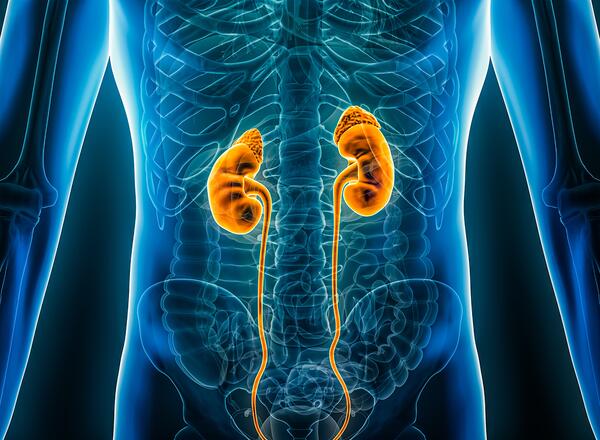
Diabetes has become one of the main causes of kidney disease in the United States. This is especially true because so many people have type 2 diabetes. As many as 40% of individuals with type 1 diabetes and 20% to 30% of those with type 2 diabetes have some kind of kidney disease.
The role of the kidneys is to filter waste products and extra fluids from the body. You have two kidneys because this function is so important. You cannot live without at least one working kidney. If your kidneys fail either dialysis or a kidney transplant is necessary. Dialysis is a treatment that uses a special machine to do the work of the failed kidneys.
In many cases kidney disease can be avoided with proper screening and treatment. Screening includes monitoring blood pressure, blood lipids and glucose. High blood pressure causes the blood vessels to stiffen which can lead to a kidney failure as well as heart attack or stroke.
Additionally, high cholesterol and high blood glucose increases the chance of blood vessel damage, including blood vessels in the kidneys.
Recommendations to prevent and treat kidney disease.
- Maintain blood glucose control with a hemoglobin A1C less than 7 percent.
- Control blood pressure. The general recommendation for preventing kidney disease in diabetes is having a blood pressure below 140/90 mm hg; however tighter control maybe recommended.
- Take medications if needed for blood pressure control.
- Keep total cholesterol less than 200 mg/dl, bad cholesterol (LDL) below 100 mg/dl, good cholesterol (HDL) above 40 mg/dl, and triglycerides less than 150 mg/dl.
- Monitor hemoglobin to keep between 11-12 g/dl. Check each year to screen for anemia.
